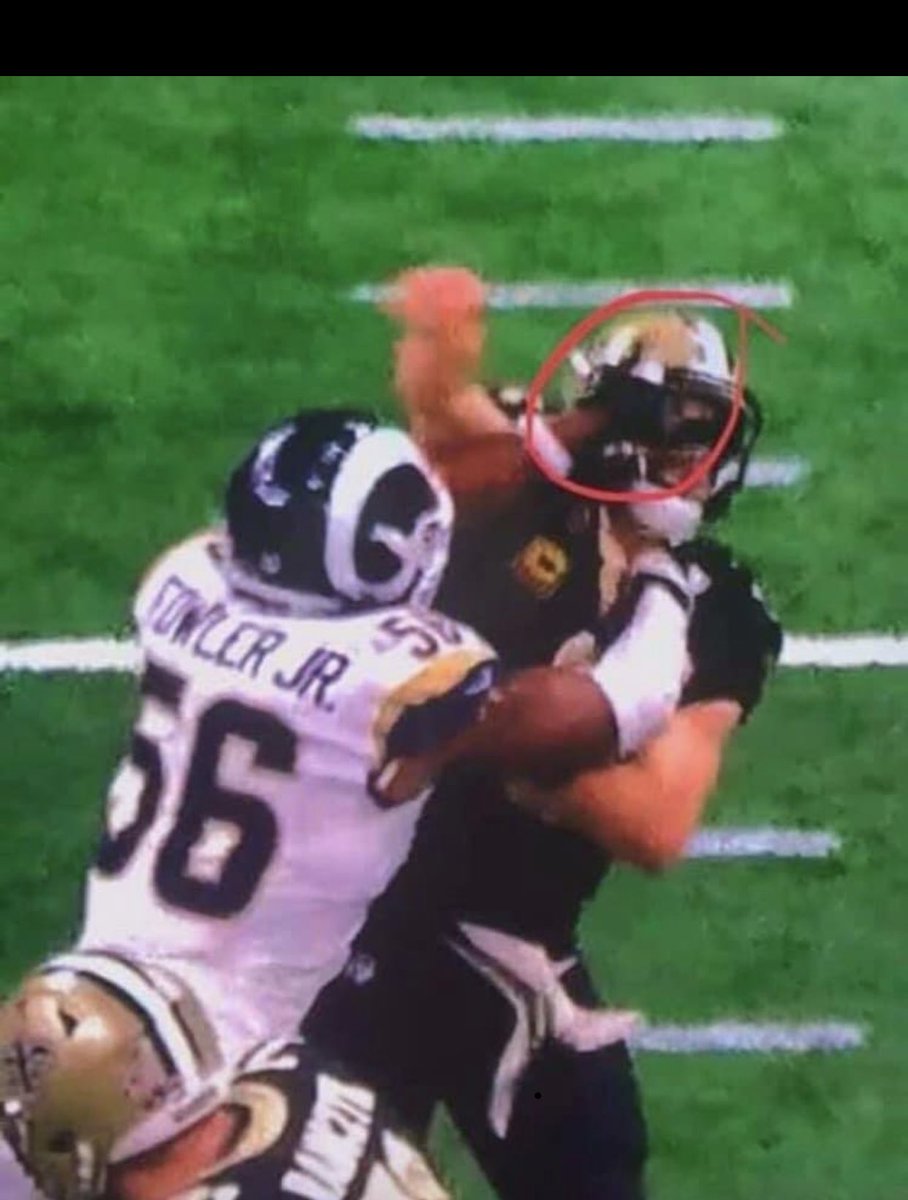- Sep 6, 2005
- 145,051
- 94,901
- AFL Club
- Fremantle
Re-post your post in this thread tho, it's for this discussion....Ive recently started to follow the Knicks in the NBA so im keen to follow a NY team in the NFL.
What are some pros and cons of the Jets and Giants?
Who should i follow out of those two?
Edit-Im thinking the Jets.
https://www.bigfooty.com/forum/threads/picking-a-nfl-team.1185536/





